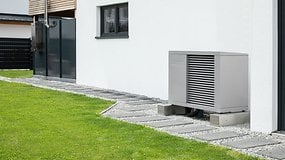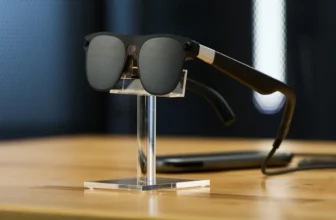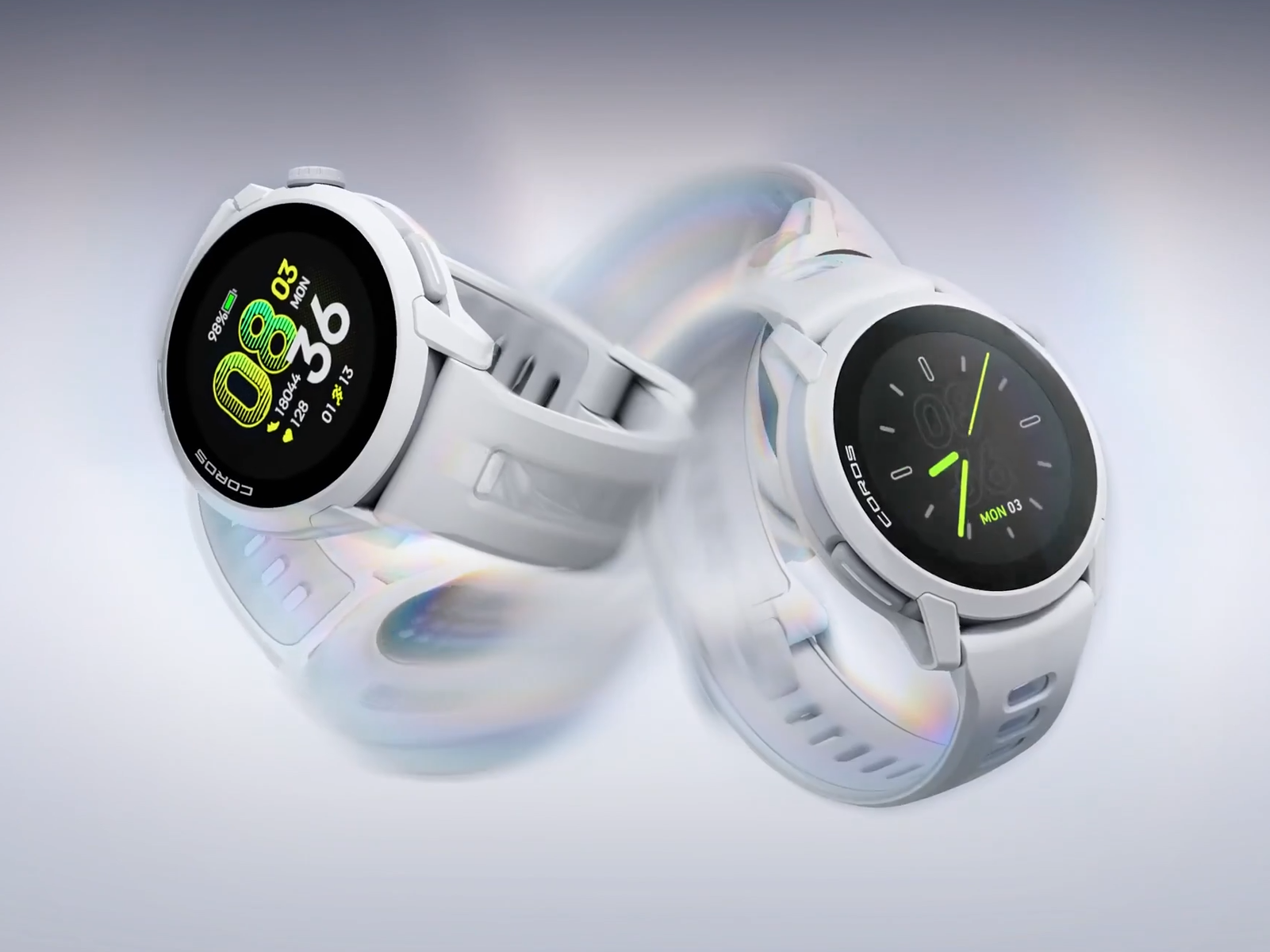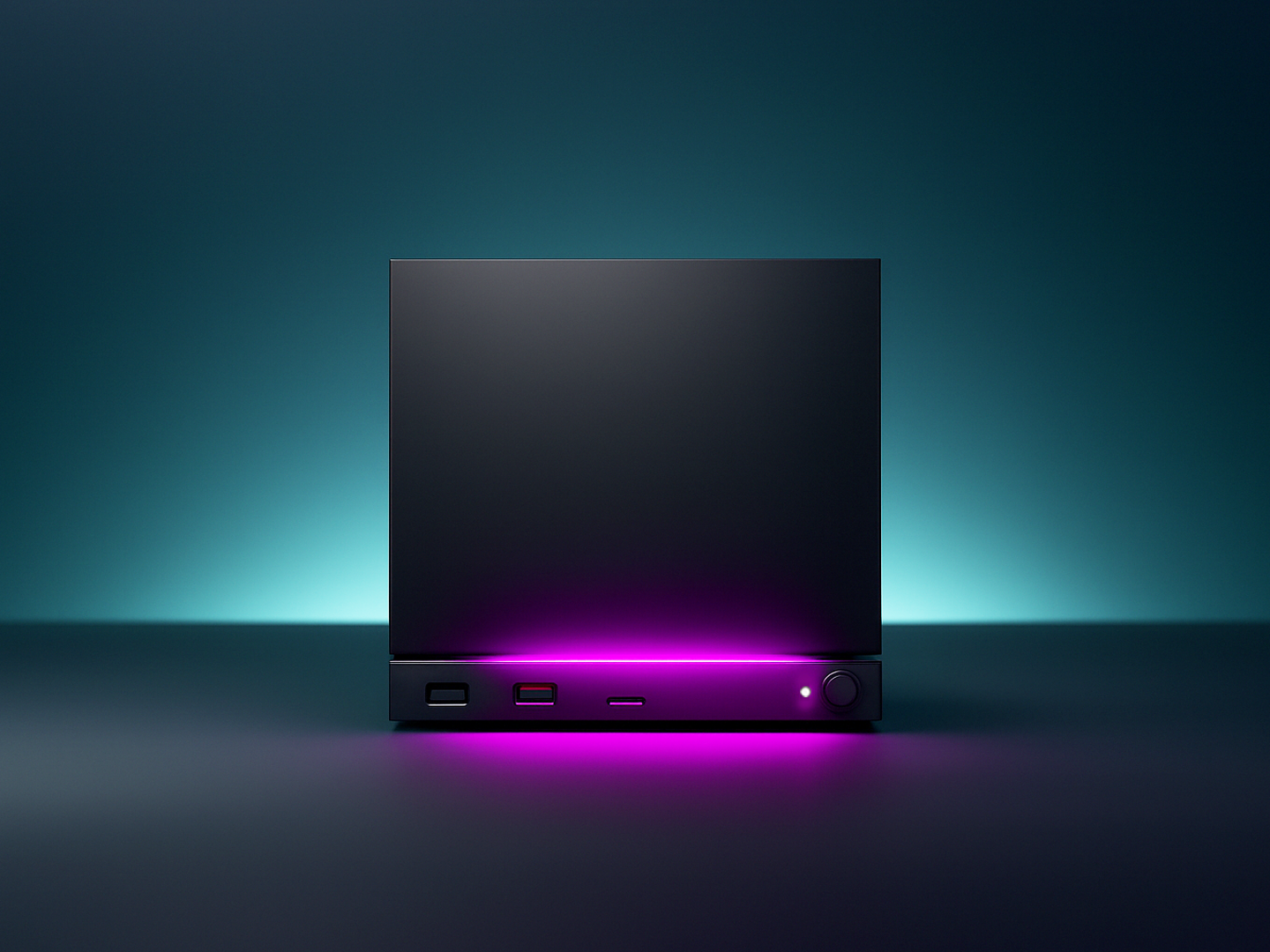
International scientists are working hard to discover better methods when it comes to heating and cooling technologies. A group of researchers has apparently made a decisive breakthrough that could make it easier than ever to maintain the desired temperature. Systems that create a temperature difference require a lot of energy, on average. Although some energy-efficient heating and cooling methods are available today, a large proportion of the required energy in households is still used to maintain temperatures.
The most efficient method to date is thermodynamic cycles, as we are familiar with them based on refrigerators and heat pumps. Ambient heat is absorbed by a refrigerant and transferred to a heating circuit. Both cooling and heating can be achieved this way.
Today’s heat pump models achieve high COP (coefficient of performance) values of up to 5, which means 5 kWh of heat can be generated for every kilowatt-hour of electricity supplied. The latest scientific research project almost triples this value!
Thermogalvanic Cell as a Heating and Cooling Solution
Researchers at Huazhong University of Science and Technology in Wuhan, China, have developed a special prototype of a so-called thermogalvanic cell. In test runs, it achieved a COP value of 14.2, far higher than other commonly used technologies today.
Even efficient systems such as heat pumps fall far behind if the thermogalvanic cell is to create a temperature difference between two areas. Ultimately, it can be used for heating and cooling. It makes use of a natural process that is usually perceived more as annoying rather than useful.
The prototype uses electricity to bring about a reduction or oxidation of iron ions. In simple terms, this process causes rust on iron during oxidation, with the metal releasing heat accordingly. During the reduction process, it absorbs this heat.
This flexible process means the thermogalvanic cell can be used efficiently for both heating and cooling. Similar to today’s thermodynamic cycles in refrigerators and heat pumps, which are based on the same technology, this system could therefore be used both in refrigerators and freezers and vice versa as a heating system.
Further Prototype Test Runs are Pending
The prototype is still in its early stages, which is why further test runs are required to test the technology for real-life use. However, as the functional principle is comparatively easy to construct in different sizes, it could be very promising.
Little can be said about the service life of thermogalvanic cells in particular right now. The compressors of refrigerators and heat pumps, in particular, are exposed to strong forces during these processes, which is why they are considered a weak point in today’s widely used systems.
The more often a compressor has to start, the faster it wears out, which is why the correct dimensions of the appliances are crucial, especially when used with heat pumps. If the new technology catches on and reaches market maturity, it could significantly reduce energy requirements for heating and cooling worldwide in one fell swoop. This means that in a few years’ time, it could be a lot cheaper and more energy-efficient for you to maintain the desired temperature in the summer and winter months.







